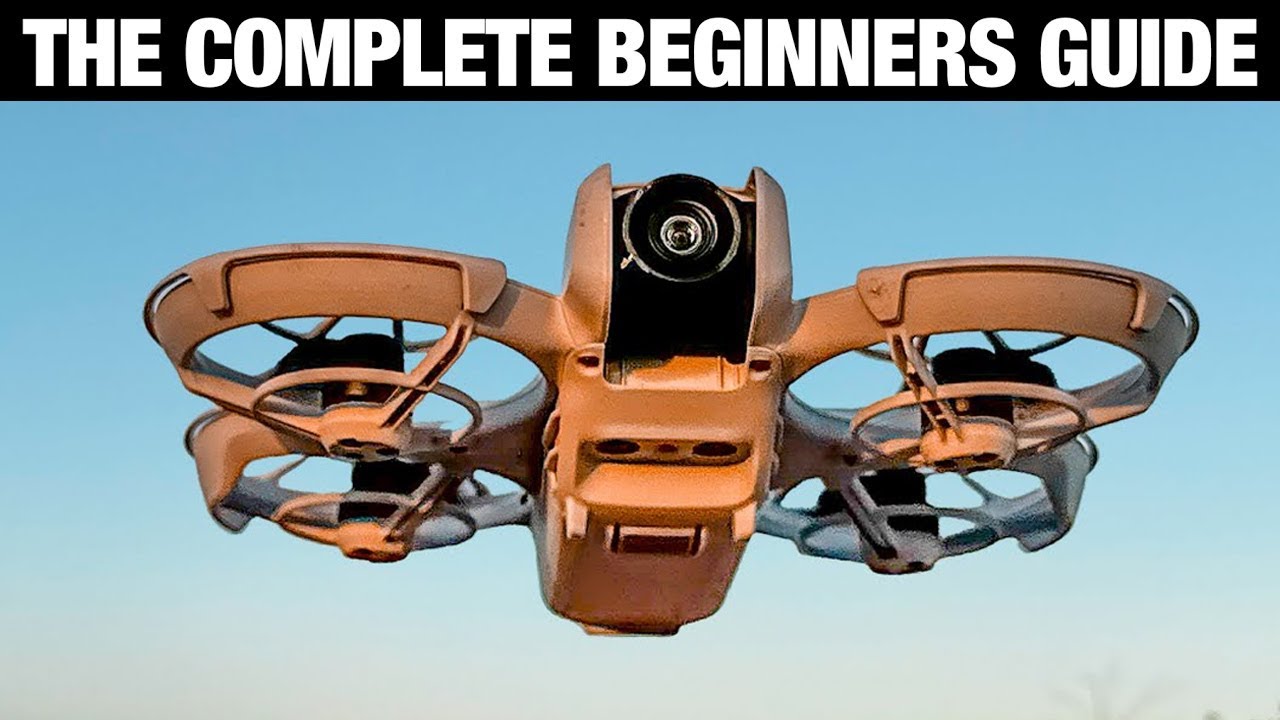
The Ultimate Beginner's Guide to Drones: How to Choose & Fly Your First Drone
Start your aerial journey with confidence using this complete beginner's guide
Drones aren't just for pros anymore! With 2.5 million+ beginner drones sold in 2025, aerial technology is more accessible than ever. This ultimate guide covers everything from choosing your first drone to mastering flight basics. Start your pilot journey today!
Why Start With Drones?
• 🚁 Accessible tech: Modern drones have beginner modes and auto-features
• 💰 Affordable entry: Quality starter drones from 500
• 🌍 Diverse applications: Photography, racing, mapping, and pure fun!
• 📈 87% of beginners report improved coordination and spatial awareness
🛒 Choosing Your First Drone: 5 Key Factors
1. Flight Time
• Look for 20+ minutes (real-world average: 15-18 mins)
• Extra batteries double your fun
2. Safety Features
• Essential: Auto-hover, obstacle sensors, return-to-home
• Beginner must-have: Headless mode (simplifies orientation)
3. Camera Quality
• Starter sweet spot: 1080p-4K stabilization
• Pro tip: Gimbal > digital stabilization
4. Controller Design
• Phone mounts for live view
• Ergonomic grips for comfort
5. Regulation Compliance
• FAA/CE markings
• Under 250g? Fewer restrictions!
🏆 Top 3 Beginner Drones (2025)
| Model | Price | Key Features | Best For |
|---|---|---|---|
| DJI Mini 3 | $439 | <250g, 4K camera, 38-min flight | Travel & photography |
| Holy Stone HS720 | $299 | GPS follow-me, 2 batteries | Action sports filming |
| Ryze Tello EDU | $149 | Programmable, crash-resistant | Kids & learning coding |
🛩 Your First Flight: 7-Step Beginner Routine
1. Setup: Calibrate compass on flat surface
2. Pre-flight: Check battery, GPS signal, airspace
3. Takeoff: Use auto-takeoff button first time
4. Hover: Practice at 6-10 ft for 2 minutes
5. Basic moves: Forward/back, left/right strafe
6. Rotation: Slow 360° turns
7. Landing: Auto-land or manual descent
✈️ Drill: Fly a 20ft square pattern daily for 1 week
⚠️ Drone Safety & Law: Non-Negotiable Rules
• Registration: Required for drones >250g in US/EU (FAA DroneZone)
• No-Fly Zones: 5+ miles from airports, near stadiums or emergencies
• Altitude Limit: Max 400 ft (120m) globally
• Visual Line-of-Sight: Always keep eyes on drone
• Weather: Never fly in rain or >15mph winds
📦 Essential Beginner Accessories
• Propeller guards ($15): Protect props from crashes
• Landing pad ($20): Prevent debris damage
• ND filters ($30): Improve sunny footage
• Carrying case ($40): Transport safely
• Simulator app (Free): Practice risk-free
🧰 Pro Pack: Get 37% discount on beginner bundles here
🔧 Maintenance Checklist (After Each Flight)
1. Remove dirt from motors with brush
2. Check propellers for cracks
3. Wipe camera lens
4. Store batteries at room temperature
5. Update firmware monthly
⚠️ Neglecting maintenance reduces drone lifespan by 60%!
🚀 Next Steps for New Pilots
• Join Free Webinar: First Flight Masterclass
• Download Apps: B4UFLY (airspace), UAV Forecast (weather)
• Connect: r/drones community (500k+ members)
• Certification: Part 107 License for commercial use
❓ Beginner FAQ
Q: What's the easiest drone to fly?
A: DJI Mini series - auto features and under 250g weight.
Q: Do I need insurance?
A: Required for commercial work. Recommended for drones >$500.
Q: How long to learn basics?
A: 3-5 practice sessions (2+ hours total).
Q: Can I fly indoors?
A: Yes! Use prop guards and remove obstacles.
Q: Where to practice?
A: AMA fields (Academy of Model Aeronautics) or open parks.
Ready for Takeoff?
Starting with drones opens incredible creative possibilities. Remember:
• Begin with entry-level models
• Master fundamentals before advanced moves
• Always prioritize safety
• Share your first aerial photo with #DroneBeginner!
✉️ Get our free 15-page PDF guide: Ultimate Beginner Drone Checklist
Regulations change frequently. Verify local rules before flying.


{{ commentCount }} Comments
Loading comments...
{{ comment.user.fullname }}
No comments yet. Be the first to comment!